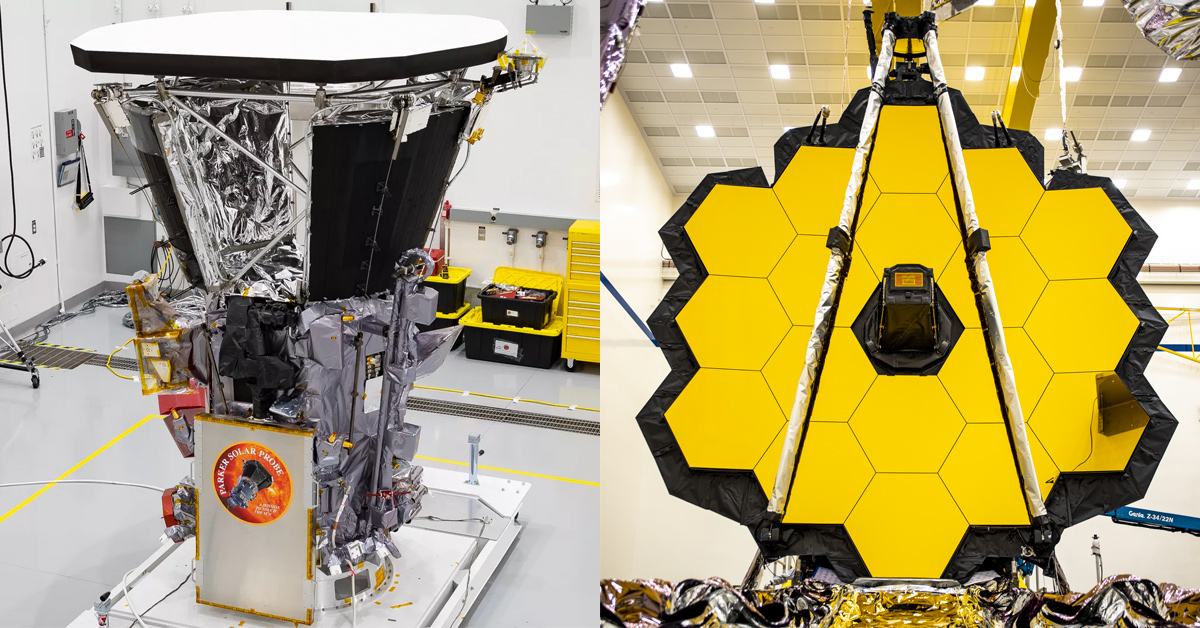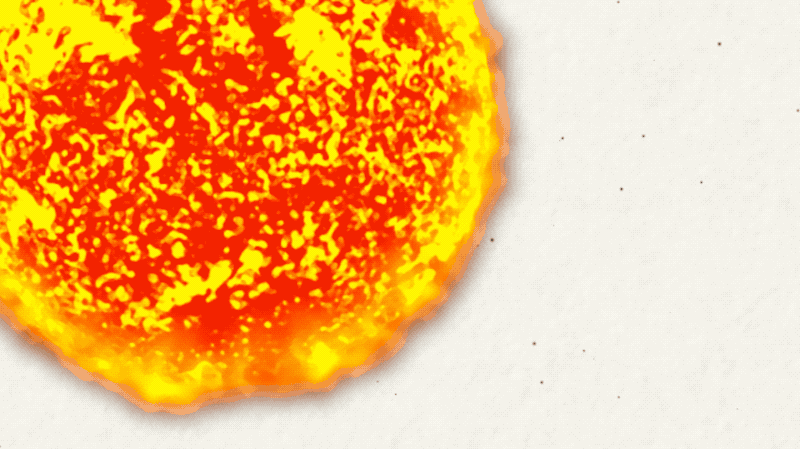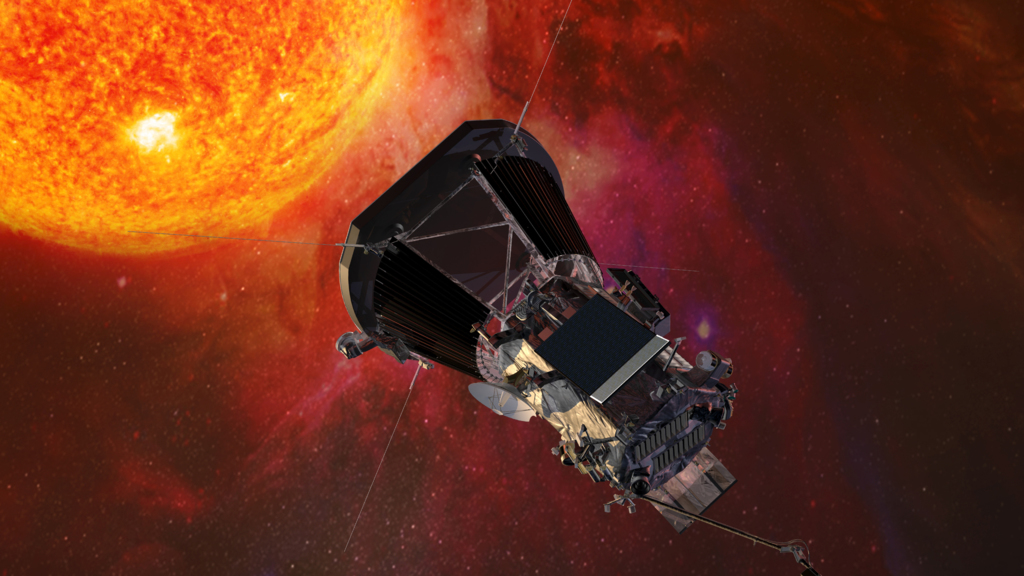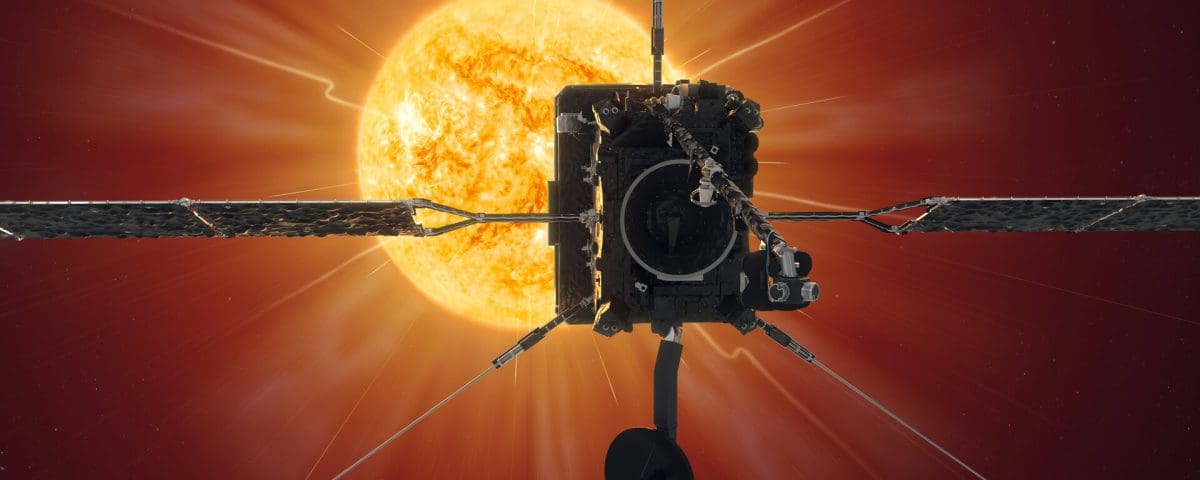
February 9, 2021 marks the one year anniversary of the launch of the ESA/NASA Solar Orbiter Mission. It was launched from Kennedy Space Center at 11:03 pm ET on February 9, 2020.
This mission is a single spacecraft designed with a suite of 10 instrument, 6 of which remotely image the Sun in different wavelengths of light and 4 providing in situ or “in person” measurements of particles and fields from the Sun.
Solar Orbiter is in its initial cruise phase until November 2021. It made its first approach to the Sun on June 15, 2020 when it was 77 million kilometers (48 million miles) from the Sun. Remember the distance from Earth to the Sun is 150 million kilometers (93 millions miles). So Solar Orbiter was much closer. The first data was released to the public in September 2020 and some of the first results were highlighted at the Fall 2020 AGU meeting in December 2020.
During the AGU meeting, members of the Solar Orbiter team presented a few results based on their preliminary data.
Footprints of the Solar Wind
The Extreme Ultraviolet Imager (EUI) team imaged the Sun in extreme ultraviolet shown in the video above. The green cross near the north pole is the region calculated to be the source of solar wind which Solar Orbiter measured when it passed the spacecraft. Being able to map the location of the solar wind that is passing by the spacecraft is one of goals of the mission. Find out more here at ESA.
Solar Campfires
A long standing mystery in solar physics is the Sun’s super hot corona. The Sun’s visible surface or photosphere is a cool 6,000 Kelvin (10,000 degrees Fahrenheit). The outer atmosphere called the corona (“crown”) is several million Kelvin (millions of degrees Fahrenheit). Something is putting energy into and heating up the corona. A long standing culprit could be tiny magnetic explosions called nano-flares. Solar Orbiter with its super close extreme ultraviolet images from EUI has observed tiny little explosions that scientists are calling “campfires”. It is not clear yet whether or not these are the same phenomena as nano-flares but as more data come in we may soon know. The image below shows one of these campfires pointed out with a white arrow.
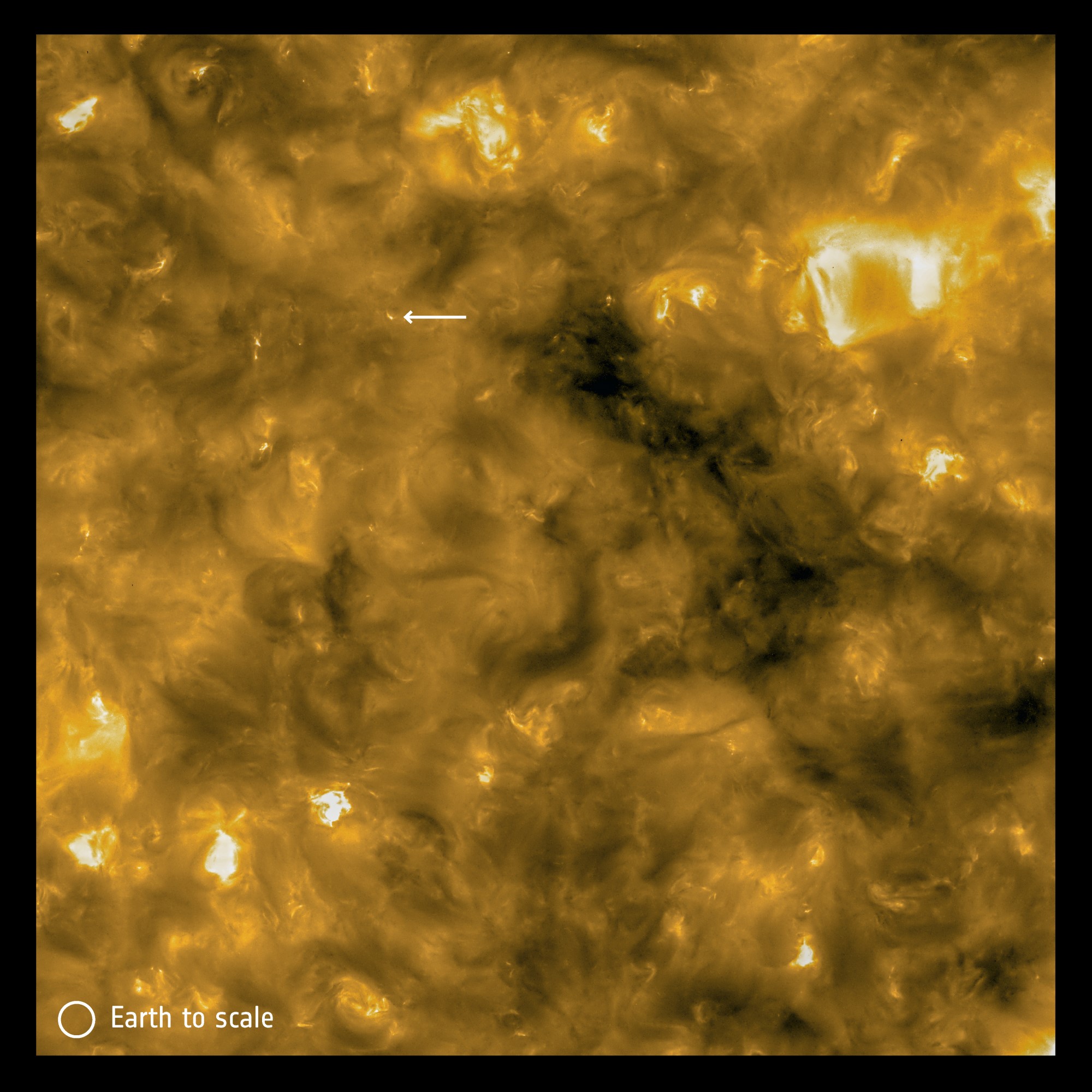
A high-resolution image from the Extreme Ultraviolet Imager (EUI) on ESA’s Solar Orbiter spacecraft, taken with the HRIEUV telescope on 30 May 2020. The circle in the lower right corner indicates the size of Earth for scale. The arrow points to one of the ubiquitous features of the solar surface, called ‘campfires’ and revealed for the first time by these images. Copyright: Solar Orbiter/EUI Team/ESA & NASA; CSL, IAS, MPS, PMOD/WRC, ROB, UCL/MSSL
Find out more here at ESA.
Comet Tail Surfing
Not long after its launch, Solar Orbiter had an exciting and rare opportunity, flying through the tail of a comet. At the end of May 2020, Solar Orbiter flew through the tail of comet ATLAS, which had begun breaking up in April 2020. Even though the comet had broken up, the spacecraft measured several magnetic waves. This image below taken by the Hubble Space Telescope shows the comet breaking up on April 23, 2020.
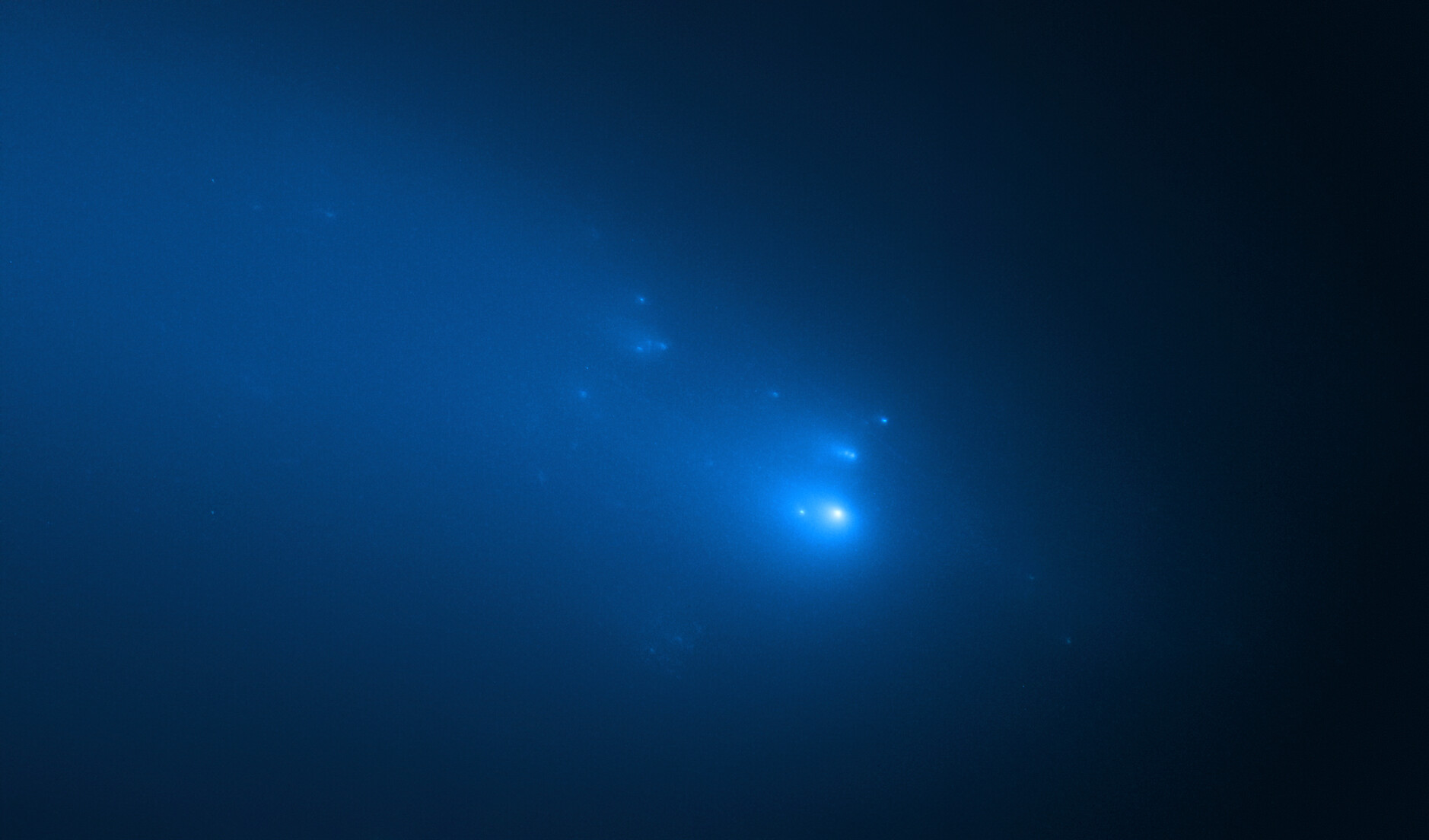
The NASA/ESA Hubble Space Telescope has provided astronomers with the sharpest view yet of the breakup of Comet C/2019 Y4 (ATLAS). The telescope resolved roughly 25 fragments of the comet on 23 April. The comet was first discovered in December 2019 by the ATLAS (Asteroid Terrestrial-impact Last Alert System) and its fragmentation was confirmed in April 2020.
Find out more here at ESA.
Multipoint Spacecraft Detection of a Coronal Mass Ejection (CME)
Another exciting opportunity for Solar Orbiter was the chance to observe a coronal mass ejection. On April 14, 2020, a coronal mass ejection erupted from the Sun. This is billions of tons of solar material and magnetic field. The event was observed from the side by the STEREO-A spacecraft. Solar Orbiter was in the right location to observe the CME on April 19th as it passed the spacecraft. The CME was then measured by the BepiColombo spacecraft then it reached Earth. The ESA/NASA SOHO spacecraft observing from just in front of Earth could barely see the event. This meant that the CME was a special kind called a stealth CME. These are called this because they are often very difficult to observe, stealthy. This set of observations from different locations and different spacecraft is what is termed multipoint science. The graphic below show the timing of the set of observations and the relative locations of the spacecraft (not to scale).
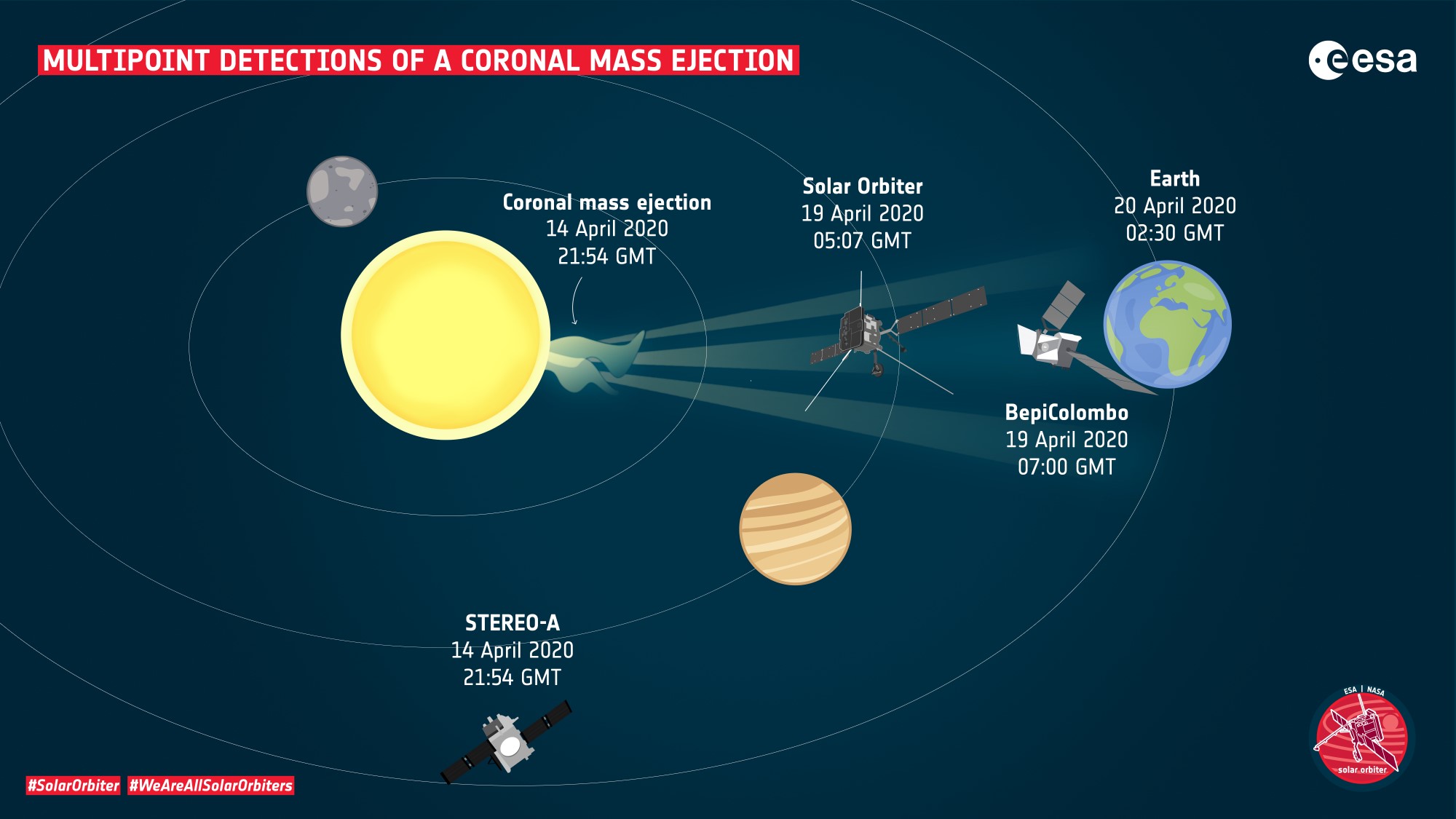
The CME erupted on 14 April at 21:54 GMT. It passed Solar Orbiter, which was upstream of the Earth and nearer to the orbit of Venus at the time, at 05:07 GMT on 19 April. BepiColombo, which was closer to Earth, detected the CME at 07:00GMT on the same day, and it finally passed by the Earth at 02:30 GMT on 20 April.
Copyright: ESA
Find out more here at ESA.
This is just a small exciting set of initial observations and results from Solar Orbiter. Not a bad start!
Solar Orbiter’s Journey – What’s next in the trip around the Sun?
The planet Earth and Venus are important for the mission because they help it get into its unique orbit out of the plane of the solar system. In the cruise phase, Solar Orbiter makes two passes of Venus and one of Earth. The first Venus flyby was December 26, 2020. The next one is August 8, 2021 and its Earth flyby is November 26, 2021. Solar Orbiter makes its first close solar approach in 2022. The unique inclined orbits out of the plane of the solar system begin in 2025. There is a lot more excitement yet to come!!!
Credit: ESA and NASA


